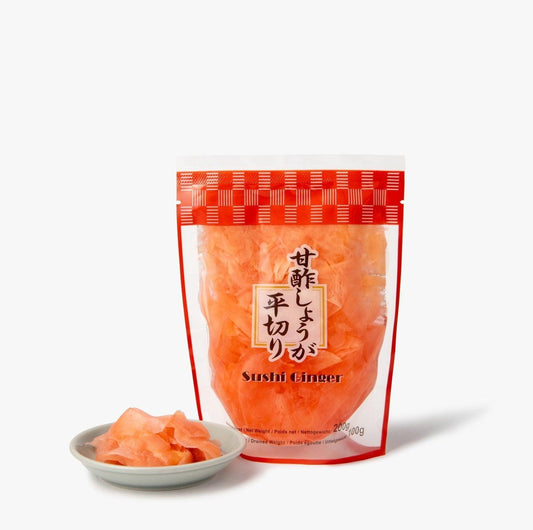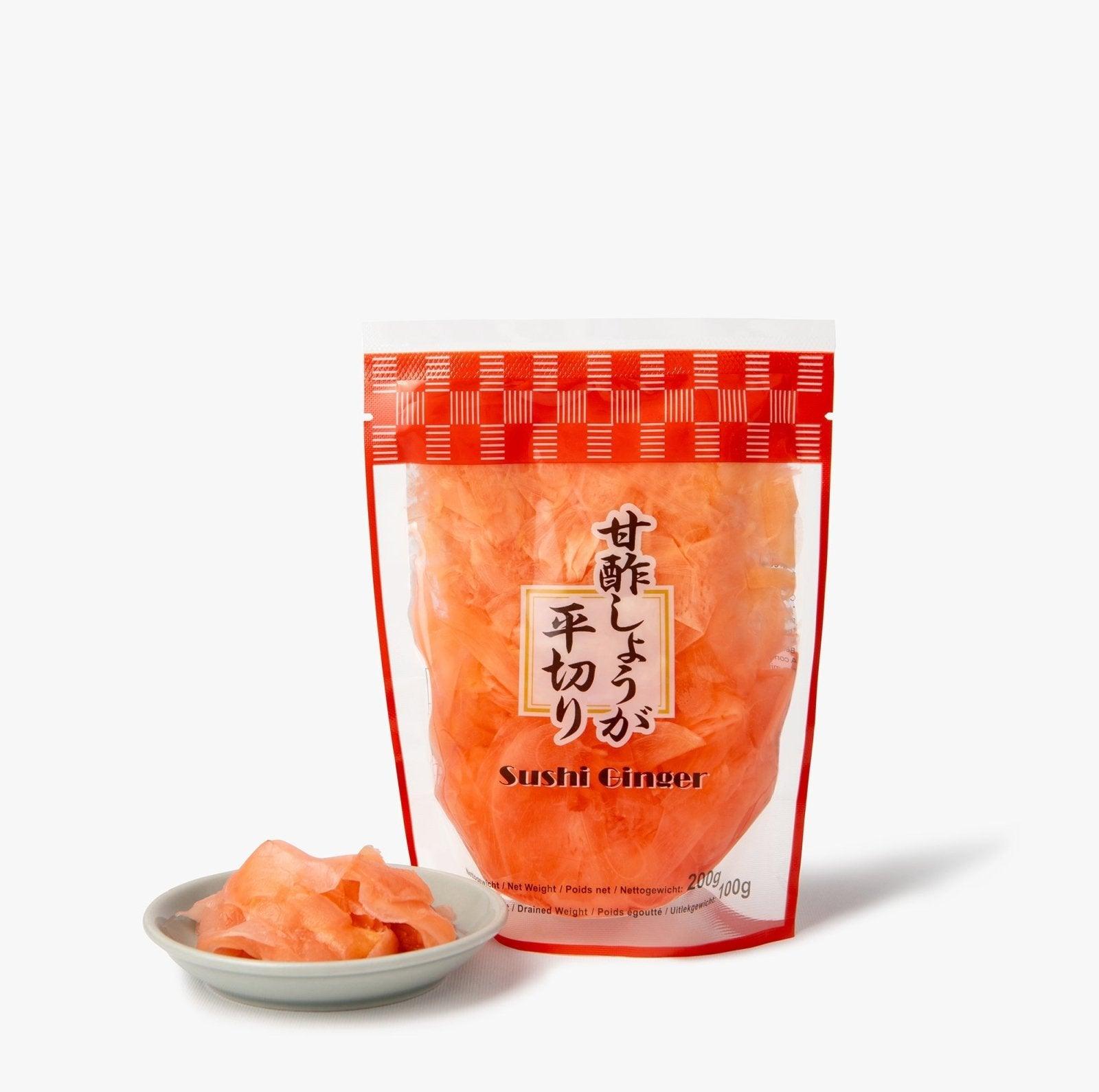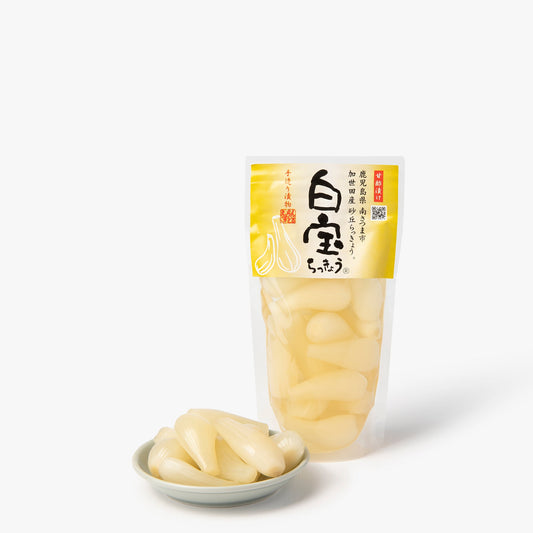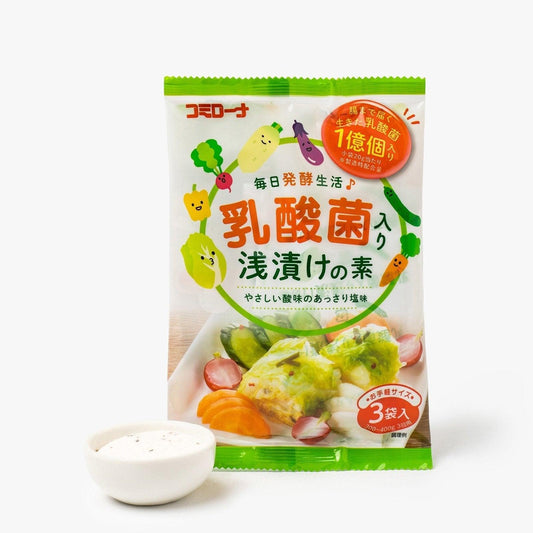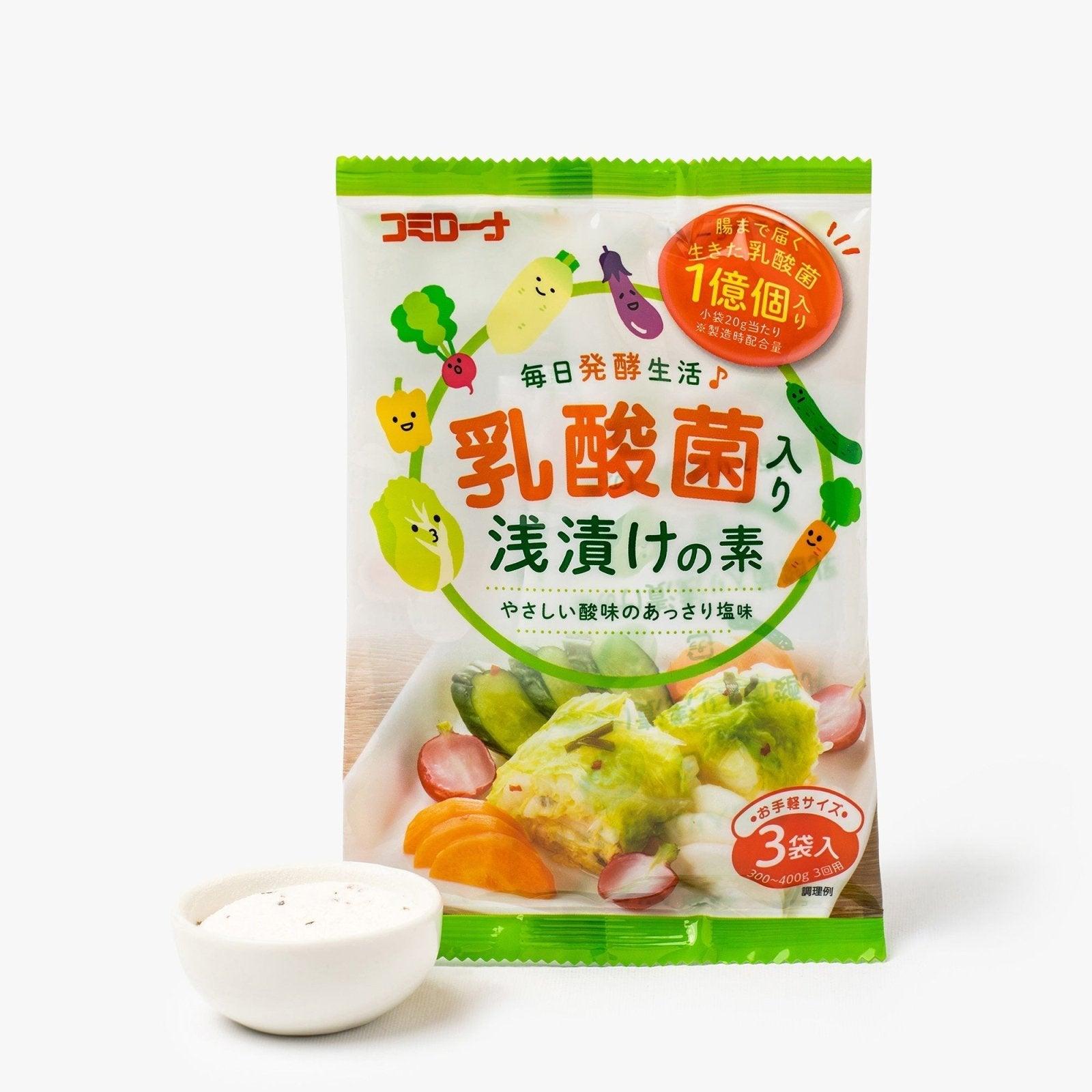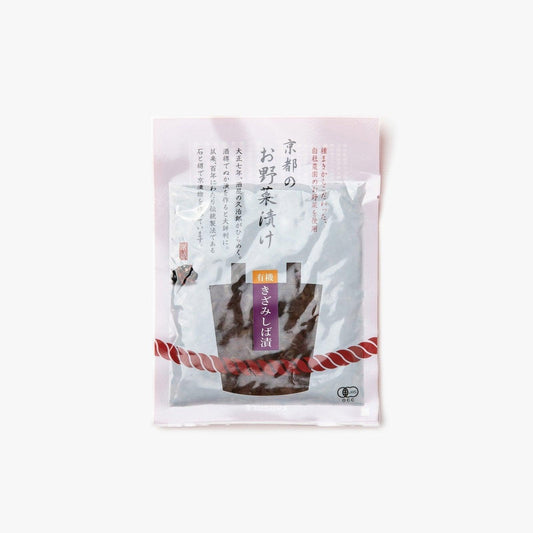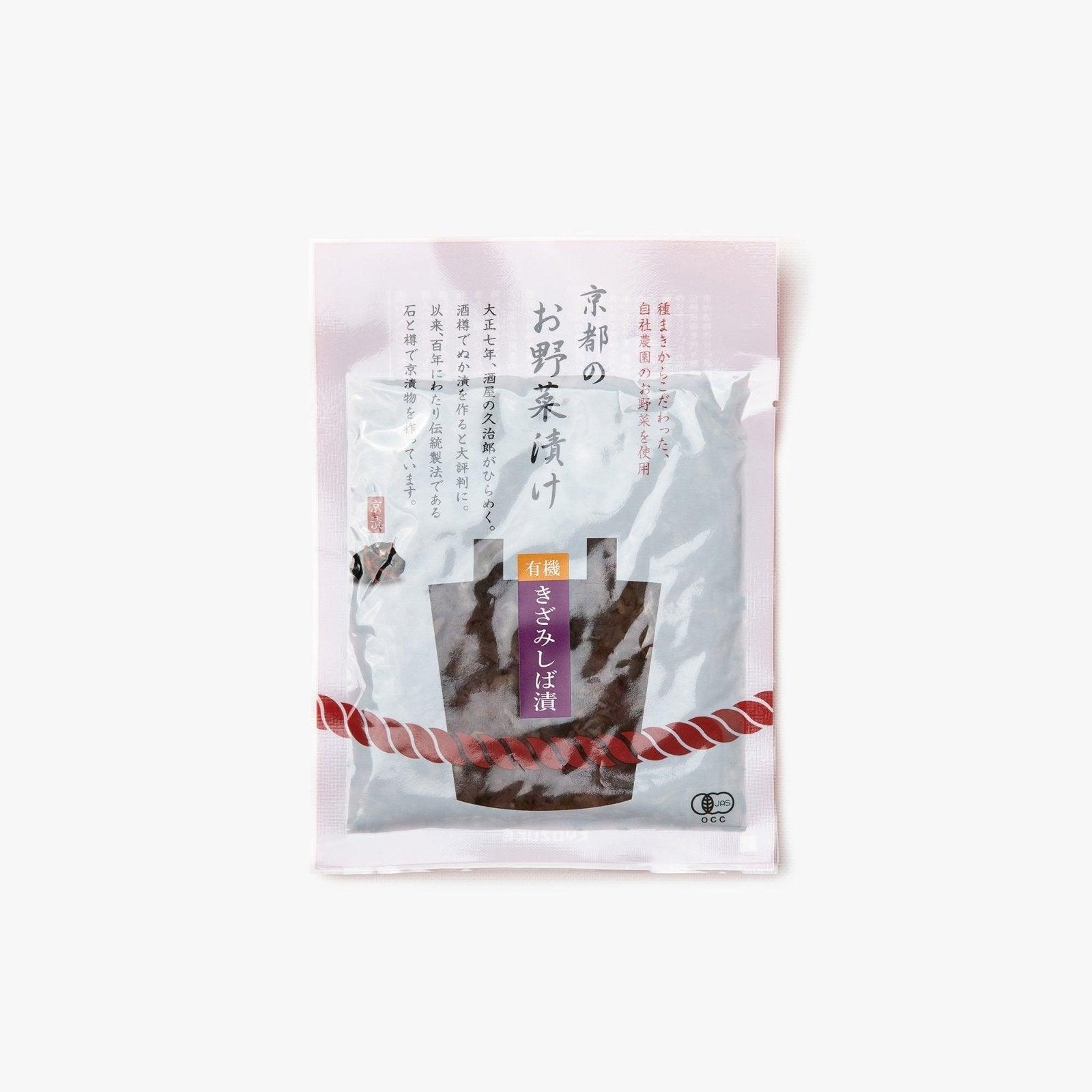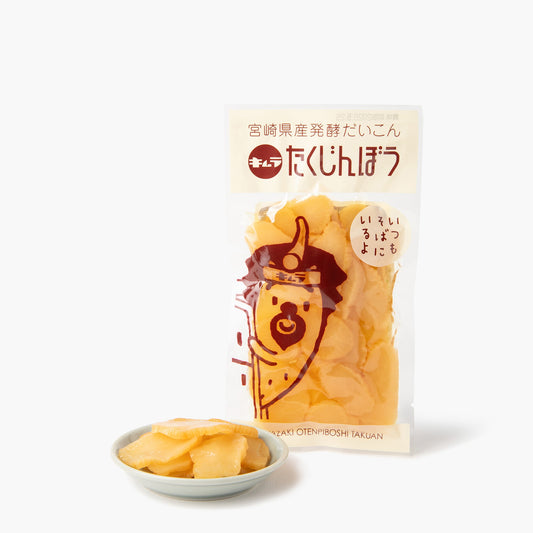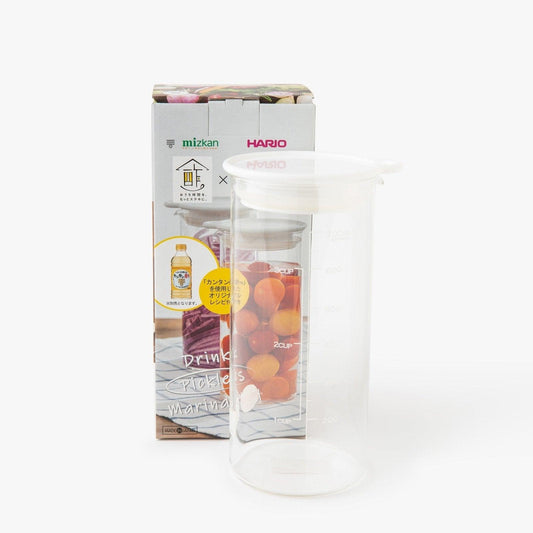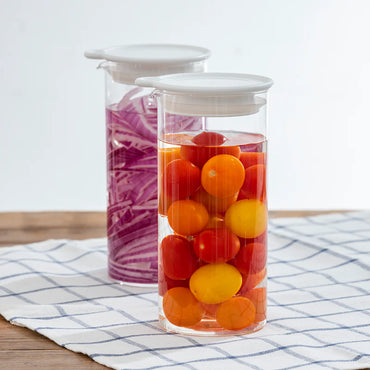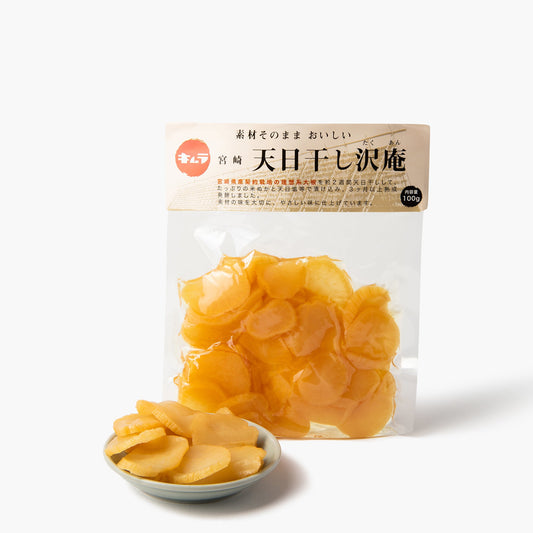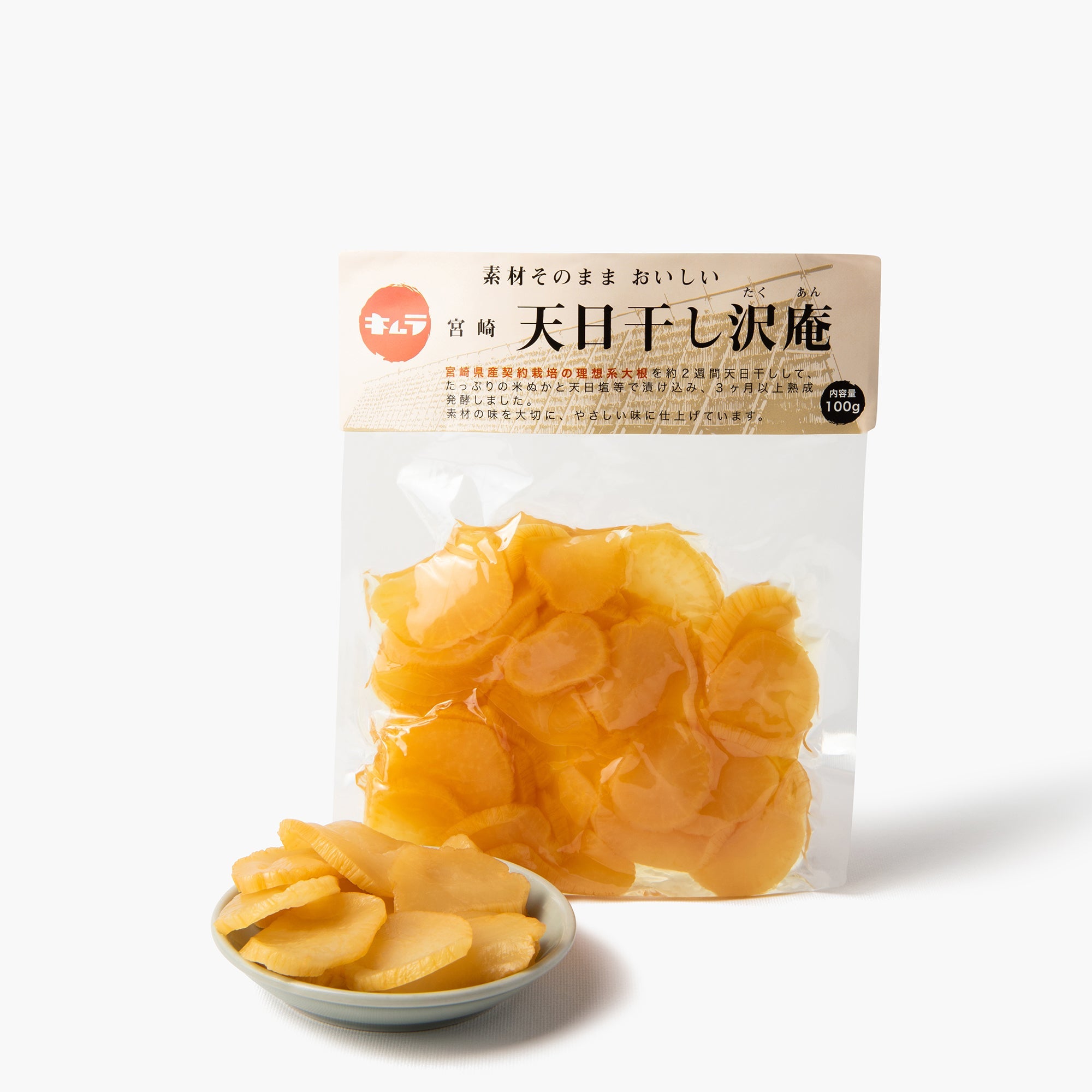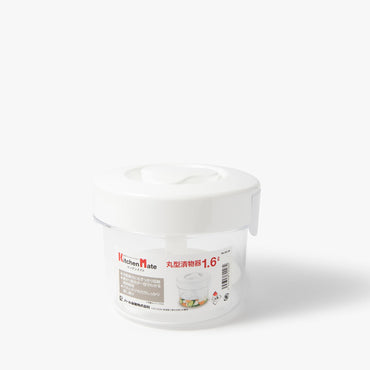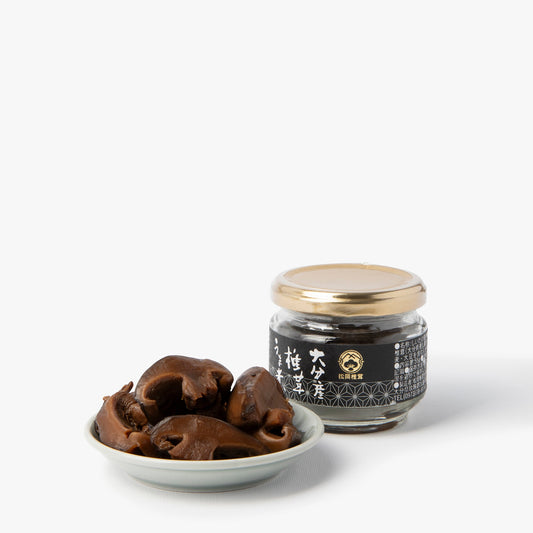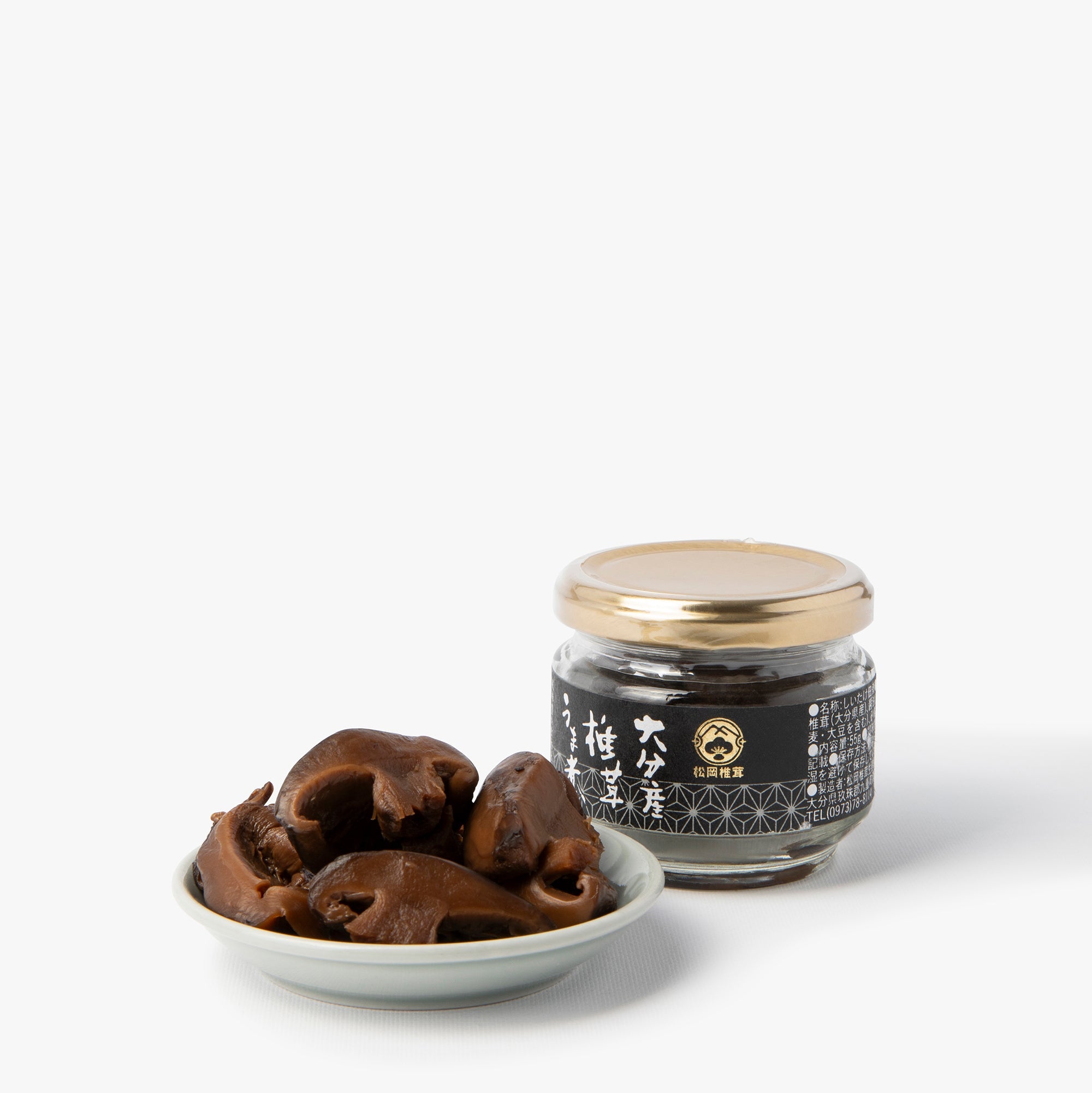How to make tsukemono at home
Find out more about Japanese pickles
What are tsukemono?
Tsukemono (Japanese pickles) are pickled vegetables, often used as a side dish or condiment in Japanese cuisine. They are prepared by fermenting vegetables such as daikon, cucumber, ginger or cabbage, in a solution of salt, vinegar, soy sauce or sometimes miso. These fermented vegetables are an important part of Japanese meals, offering a sweet-sour, crunchy flavor that balances the taste of other dishes.
There are several types of tsukemono, the most common of which include nukazuke (marinated in a mixture of rice bran and salt), umeboshi (fermented salted plums), or marine pickles. Their fermentation gives them beneficial health properties, promoting good digestion. Tsukemono are also used to accompany dishes such as sushi, rice dishes and soups.
What are the different types of tsukemono?
Nukazuke: This type of tsukemono is made by fermenting vegetables in a mixture of rice bran, salt and sometimes vinegar. Common vegetables for nukazuke include daikon, cucumber and carrots. The fermentation process usually lasts several days.
Umeboshi: These are fermented, salted plums, often used as a side dish or garnish for rice. Umeboshi are known for their sour and salty taste, and are considered a health food.
Ichi-no-ji-zuke: A simple type of tsukemono where vegetables are marinated in salt, then left to ferment for a while. Commonly used vegetables include white radish (daikon) and cabbage.
Kōbōzuke: This type of tsukemono is prepared by fermenting vegetables in a solution of soy sauce, miso, or sake. This gives the vegetables a richer, deeper flavor.
Shiozuke: Vegetables are simply marinated in a salt solution. This method produces tsukemono with a lighter taste, and is often used for vegetables such as cucumbers.
Asazuke: These are lightly pickled tsukemono, often in a mixture of vinegar, sugar and salt. They are rapidly fermented, usually within a few hours to a day.
Misozuke: Vegetables are marinated in a miso mixture, often with salt and vinegar, giving them a rich, umami flavor. This type of tsukemono is often prepared with vegetables such as eggplants and peppers.
Takuan: This is a type of tsukemono made from white radish (daikon) that is fermented in salt and sugar, then often dyed yellow with kurumi (turmeric root powder). Crunchy and slightly sweet.
What are the main fermentation methods used for tsukemono?
Lactic fermentation :
This method is commonly used for tsukemono such as nukazuke (vegetables fermented in a mixture of rice bran and salt). Lactobacilli, naturally occurring bacteria, break down the sugars in vegetables, producing lactic acid, which preserves them and gives them an acidic flavor.
The vegetables used (such as daikon, cucumber and carrots) are placed in a mixture of rice bran and salt, and fermentation generally lasts from several days to several weeks.
This method gives the vegetables a crunchy texture and sour flavor that is typical of naturally fermented tsukemono.
Fermentation by salting:
Salt is the main ingredient in this method, which is used for tsukemono such as umeboshi (salted plums). Vegetables or fruit (plums or radishes, for example) are immersed in a large quantity of salt, then left to ferment for several days or weeks.
The salt extracts moisture from the vegetables and preserves them, while promoting slow fermentation that develops deep, acidic flavors. This method is also used for tsukemono such as kōbōzuke (vegetables marinated in a solution of miso and soy sauce).
Fermentation with vinegar:
This method is used for tsukemono such as asazuke (lightly pickled vegetables), where vinegar is added to the vegetables to create an acidic environment that causes them to ferment rapidly.
The vinegar used can be rice vinegar, plum vinegar or even yuzu vinegar. This method creates tsukemono with a milder, less acidic taste than those fermented by salting or lactic fermentation.
Fermentation in alcohol mixtures:
Some tsukemono are prepared using alcoholic ingredients such as sake or mirin to marinate vegetables. These alcoholic marinades, often accompanied by miso or soy sauce, give the vegetables a rich, umami flavor. This type of fermentation is less common, but is used for tsukemono such as misozuke.
Can you make tsukemono at home?
Yes, it's quite possible to make tsukemono at home, and it's a common practice in Japan. Preparing homemade tsukemono is fairly straightforward, but requires patience, as the fermentation process can take from a few hours to several days or weeks, depending on the type of tsukemono you wish to make.
Common vegetables include daikon, cucumber, radish, ginger and cabbage. Choose fresh, high-quality vegetables for best results.
- Wash vegetables thoroughly.
- Cut into slices or chunks, depending on the recipe.
- For some tsukemono, such as nukazuke, it may be necessary to lightly soil them to extract moisture before letting them ferment.
There are several ways to ferment vegetables at home:
- Nukazuke (rice bran fermentation): Mix rice bran (or komebuta) with salt and place your vegetables in it. Cover well and leave to ferment at room temperature for a few days. You'll need to stir occasionally to ensure even fermentation.
- Salting (salt fermentation): Cover vegetables with salt and leave to stand in an airtight jar or plastic container. This method can take from 1 to 3 days. For longer fermentation, you can add vinegar or miso to enrich the flavor.
- Quick pickling (asazuke): For faster preparation, you can marinate vegetables in a mixture of vinegar, salt and a little sugar for a few hours to a day. This method is ideal for light, less fermented tsukemono.
- Misozuke: For miso-based tsukemono, you can immerse vegetables in a miso paste and leave them to marinate for a few days. This will give the vegetables a rich, umami flavor.
Storage
Place the vegetables in a clean, airtight container to ferment. You can leave them in a cool place at room temperature or in the refrigerator if you want to slow down fermentation.
Depending on the method and type of tsukemono, fermentation can take from a few hours to several weeks.
Taste the tsukemono from time to time to check for changes in flavor and texture. The vegetables will be ready once they have developed the desired flavor.
Tasting
Homemade tsukemono can be eaten in a variety of ways: as an accompaniment to rice dishes, sushi, soups or as a condiment to add flavor to your meals. They are also delicious on their own, as a snack.
Additional tips:
- If you prefer milder tsukemono, reduce the amount of salt and vinegar.
- For crispier tsukemono, make sure fermentation takes place at a moderate, controlled temperature.
- You can add spices such as ginger, wasabi or even herbs to vary the flavor.
What types of tsukemono are popular in different seasons in Japan?
Tsukemono (Japanese pickles) vary according to the season:
- Spring: Fresh vegetables such as daikon, cucumber or radish are often lightly pickled in salt or vinegar (like shiozuke orasazuke), adding a crisp, fresh touch to meals.
- Summer: This season is ideal for nukazuke (vegetables fermented in rice bran) and oshinko (vegetables pickled in vinegar, often with ginger). Yuzu vinegar is also used to marinate fresh vegetables, adding a refreshing flavor.
- Autumn: Misozuke (miso-marinated vegetables) is popular, with vegetables such as daikon, carrots and mushrooms benefiting from the richness of miso. Daikon becomes sweeter and juicier at this time, ideal for tasty tsukemono.
- Winter: Tsukemono such as kōbōzuke (vegetables marinated in miso and soy sauce) or takuan (dried and fermented radish) are popular. These pickles bring an intense flavor and are often eaten with hot dishes.
What are the health benefits of fermentation?
- Improved digestion: Fermented vegetables, such as tsukemono, contain beneficial bacteria (probiotics) that help improve intestinal flora and promote better digestion.
- Immune system boost: The probiotics in tsukemono help strengthen the immune system by supporting the body's natural defenses.
- Better absorption of nutrients: Fermentation helps break down complex compounds in vegetables, making nutrients like vitamins and minerals more easily absorbed by the body.
- Reduced inflammation: Some studies suggest that fermented foods, such as tsukemono, can help reduce inflammation in the body, which can be beneficial for overall health.
- Detoxifying effect: Fermentation helps to eliminate certain toxins and purify the body, thanks to natural enzymes produced during the process.











